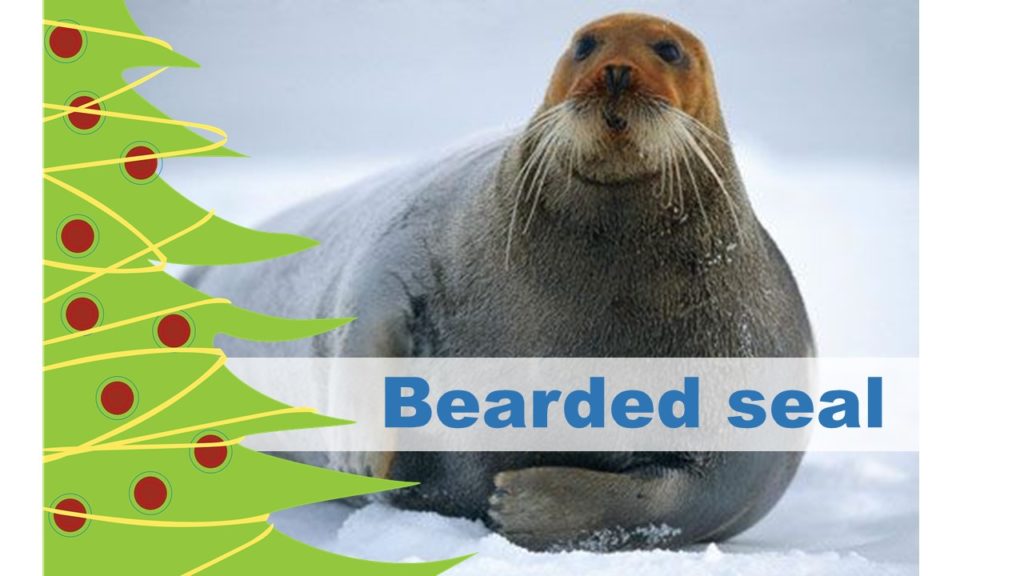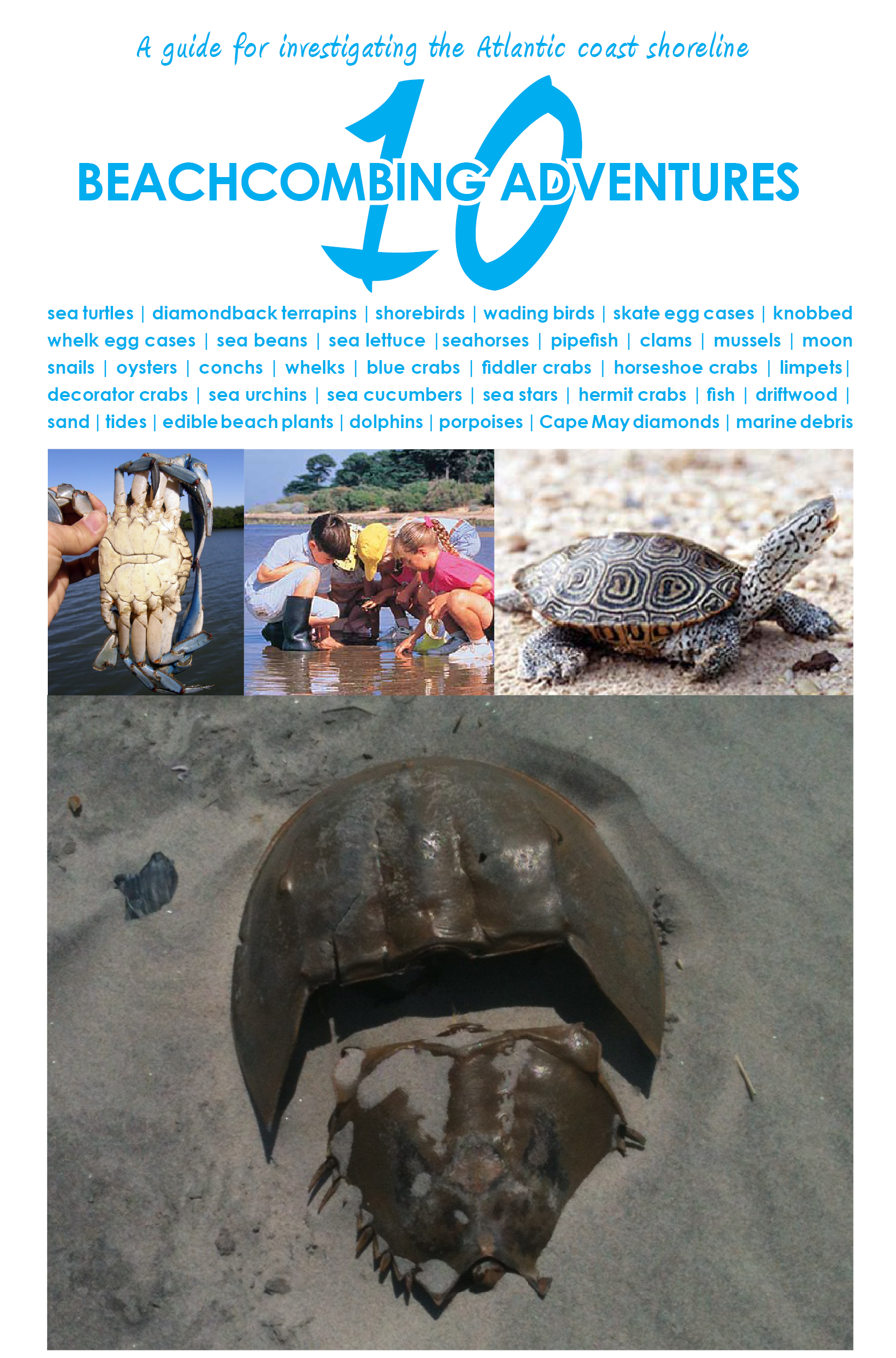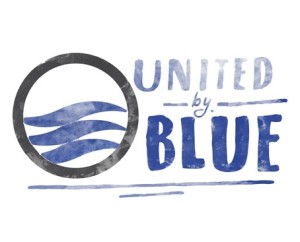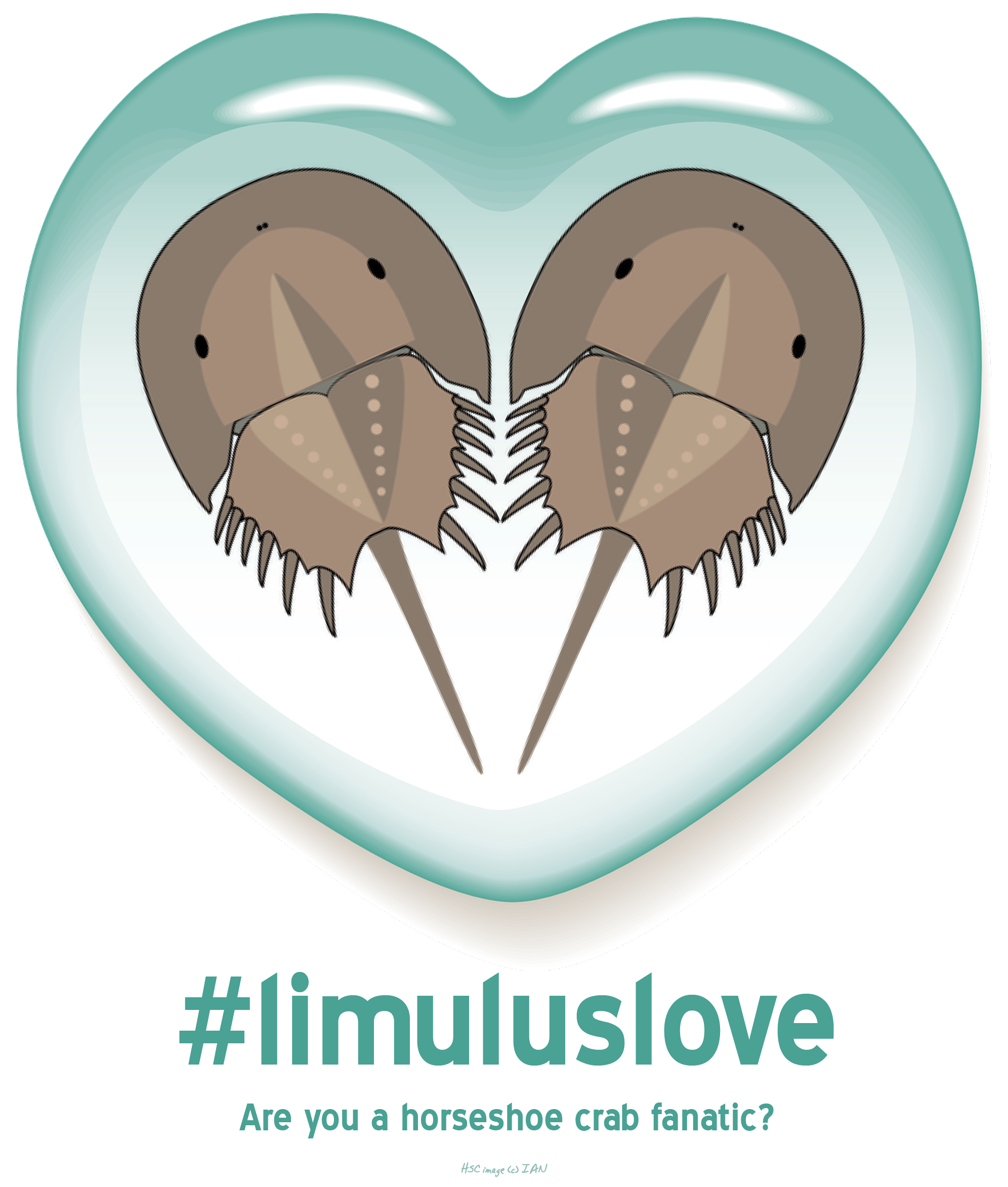Bearded seals spend most of their lives in the Arctic waters, although they’ve been seen in southeast Florida! They enjoy feasting on arctic cod, shrimp, clams, crabs, and octopus and have been known to live up to 25 years. Learn more here.
Marine & Freshwater Environmental Education
Follow BCS on Twitter
My TweetsWant updates on BCS posts?
Scroll through the BCS archives …
Learn more on …
Random posts from BCS …
What inspired you to become an environmental educator?
Some form of this question is probably the question I get the most often on BCS. It is usually a bit more blunt, “Why do you do your Beach Chair Scientist?” or “What made you come up with the idea?” It is simple. I was sitting in a web design class at the Bethesda Writer’s […]
Blue Sway – Paul McCartney
Surfrider Foundation recently released a new PSA by filmmaker Jack McCoy with a previously unreleased song, Blue Sway, by Paul McCartney. The song has been released on his McCartney II which was distributed by MPL and Concord Music Group on June 14. If you like this song you should also check out McCartney’s (aka The […]
When did life in the ocean begin?
It is said that Earth was created about 4.5 billion years ago (bya). Life began about (note “about”) 3.5 bya. And, in fact, it is thought that life began in the oceans! Follow the evolution of the whale on the National Museum of Natural History’s Sant Oceans Hall on-line ocean portal and see if the […]
6 reasons why Jacques is cooler than punk rock
It may not come as a surprise, but a lot of my friends and family consider George Costanza as the most famous marine biologist they know. Long before Seinfeld, Jacques Cousteau, the world’s most well known deep sea explorer, made studying marine science seem fun and not as intimidating as people once thought. So here […]
Who … What … Me?
Can you guess the common name designated to the animal pictured to the right? Here are some facts about the critter: Found in Antarctica Has watery-jelly like flesh Lives in the deep part of the ocean Image (c) of newscience.com
Sand
Sand from islands or tropical sites have sand that is high in Calcium, since seashells are rich in Calcium and are broken down to form sand there. Inland lake, river, stream and pond sands are high in Silicon, since rocks are composed of various types of silicates which break down to form sand there. Most […]
Stewardship of the Ocean, Our Coasts, and the Great Lakes moves forward
This past January I posted some information about the campaign to Wear Blue for Oceans Day. The purpose of this campaign was to call attention to President Obama and Congress to agree to sign and release a national ocean plan. I am happy to post that on July 19, 2010 the executive order was passed. […]
Playing well with others? Dissecting the tension between the scientist-educator community
“It is the supreme art of the teacher to awaken joy in creative expression and knowledge”. Albert Einstein (1879 – 1955) German-Swiss-U.S. scientist “The scientist is not a person who gives the right answers, he’s one who asks the right questions”. Claude Levi-Strauss (1908 – 2009) French anthropologist and ethnologist “Those that can’t do, teach”. […]
What they’re into … with Wallace J. Nichols
It’s Tuesday and you know what that means by now if you’ve been following BCS this summer. Time for another installment of “What Marine Conservationists Are Into …”! This is a series I featured in the summer of 2012 to get a special sneak peek at the many different personalities behind the scientists, activists, and […]
100 ways to live (and die) green
Conservation and marine science education are two primary themes on BCS. And, since I’ve been dedicating a lot of time to marine science education the past few months I indulged myself with this list 100 of ways to live (and die) green. It’s a list of fun suggestions – beyond recycling day-to-day – and is […]
Flickr photos …
What people are saying …
- Robert Emahiser on Why you should never walk on dunes
- Lesa on 10 brief facts on bioluminescence
- Lisa on Limulus Love
- Beach Chair Scientist on 17 facts about the wee sea potatoes
- Bernard Rejterada on 17 facts about the wee sea potatoes
- Brian on What is the difference between a summer and winter flounder?
- Inbound marketing on 15 facts about the Portuguese man-of-war that’ll have you saying “Didya know…?”
- Donnie Huckabee on Wordless Wednesday | Shell art
- John on Why you should never walk on dunes
- ItzJaylaD on What I know about whale sharks
Top posts & pages from BCS …
- Hurricane vs. Cyclone vs. Typhoon
- A House for Hermit Crab
- How to handle a horseshoe crab
- Snot's your house
- Wednesday Wisdom: Various quotes (Alaska scenes)
- A naturalist's must-see destination: Fossil Hunting at Bayfront State Park in Chesapeake Beach, MD
- Belly biology creates lasting memories
- Five awful puns about courtship in the sea
- Horseshoe crabs confirmed as members of arachnid family
- Beyond the bag: Other plastics being banned








Speak Your Mind